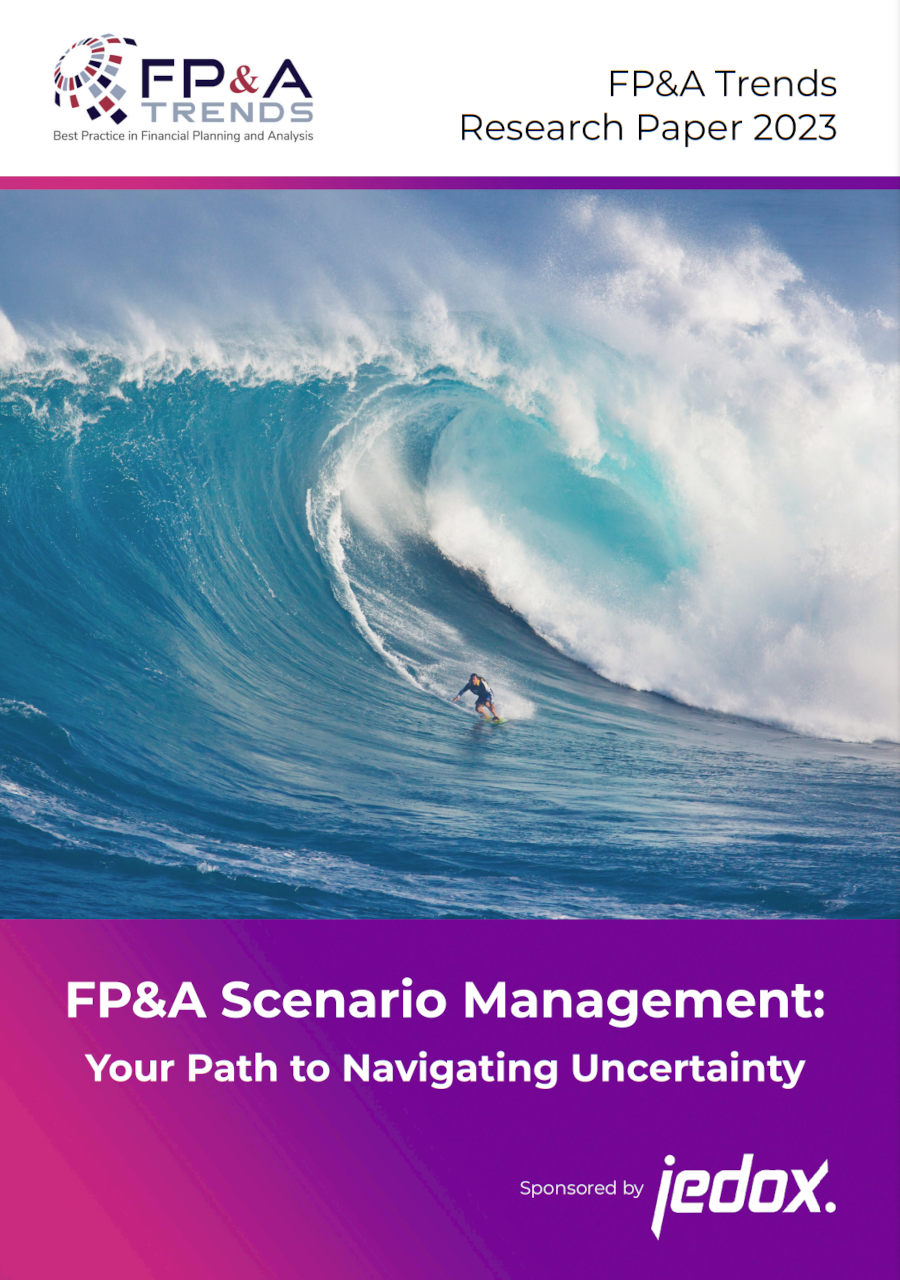1. Introduction
In today’s rapidly changing business landscape, uncertainty is the norm, and the future is filled with various possibilities. This presents a significant challenge, particularly for Financial Planning and Analysis (FP&A) teams, who are responsible for guiding, planning, and facilitating ongoing decision-making. It is even more challenging when data is both extensive and unreliable, business drivers shift constantly, financial models evolve continually, and market conditions change so rapidly that making confident plans, forecasts, and decisions for the future become nearly impossible.
For over a century, FP&A has been operating under the assumption that the impact of most events can be predicted 12-18 months out, giving rise to the traditions of annual planning and annual stakeholder rewards. However, in recent years, the accuracy of what can be predicted, as shown in Figure 1, has diminished. Many organizations now experience a predictability span of less than a year, often lasting mere months, weeks, or even days. Beyond this, organization-specific, predictability span, the future is unclear and contains a multitude of potential scenarios without presenting one single outcome.

